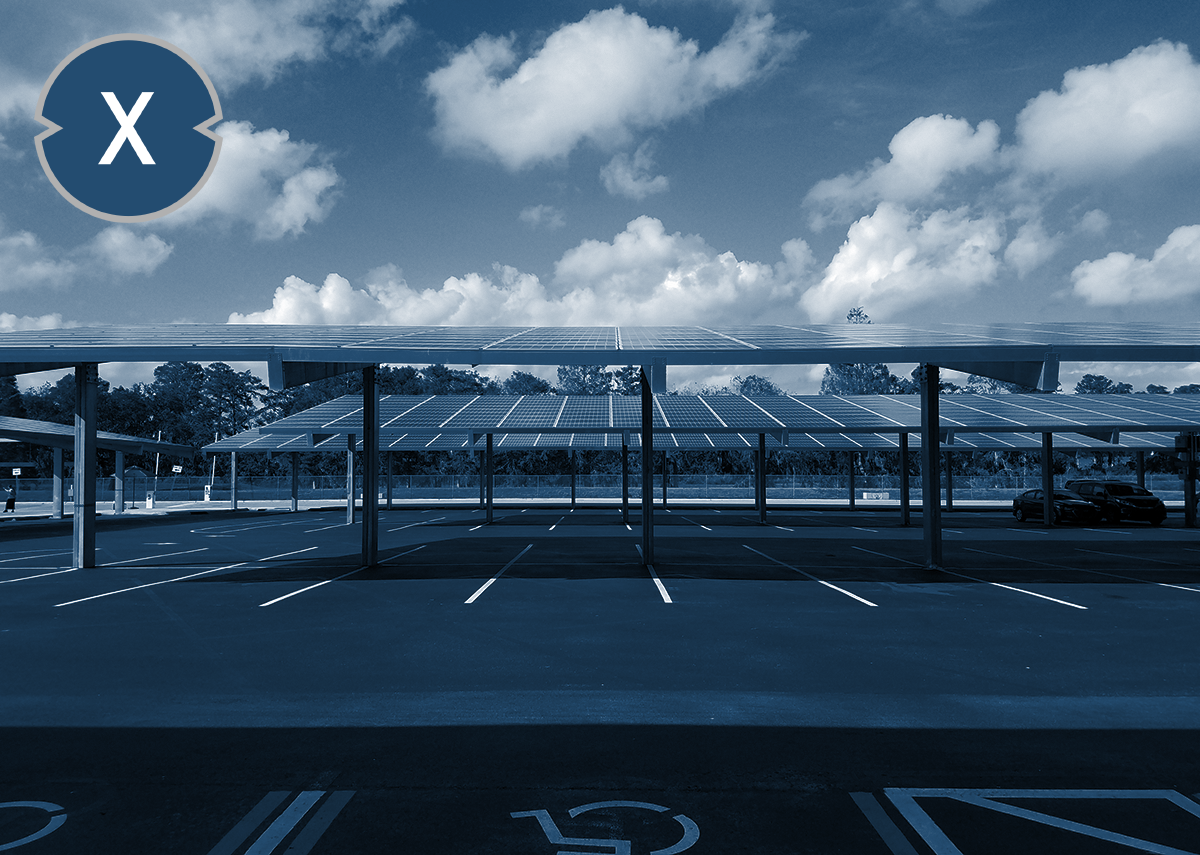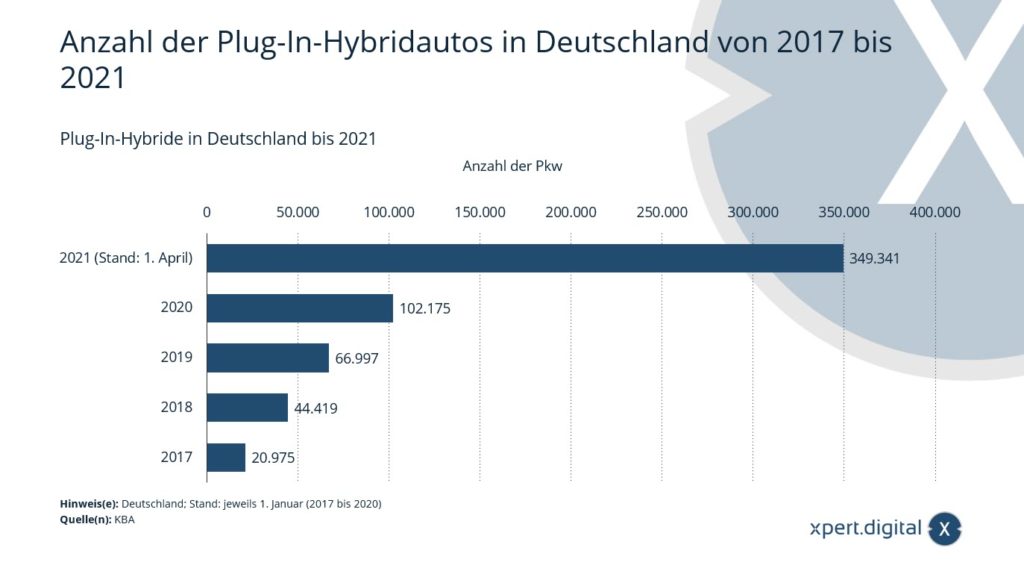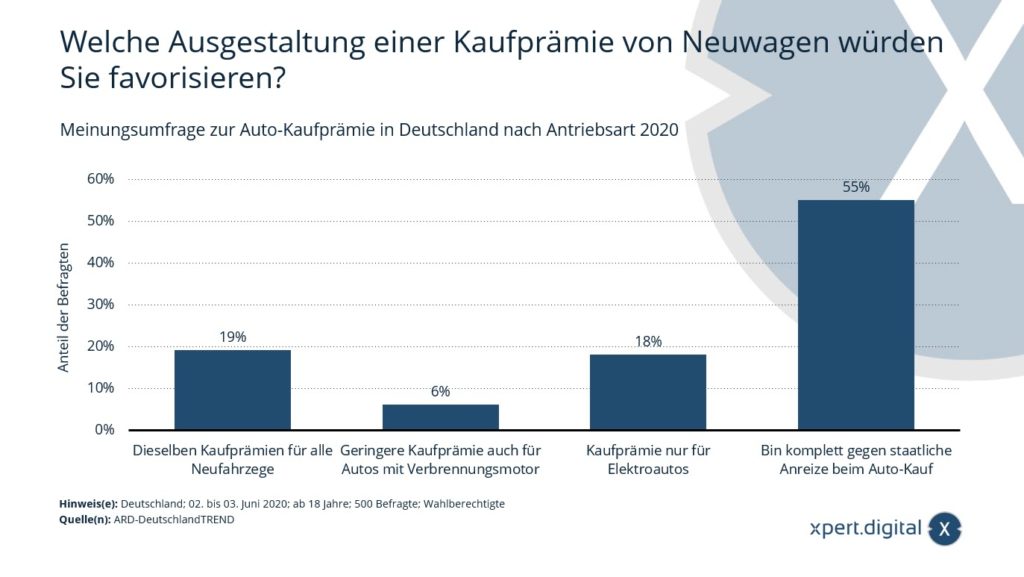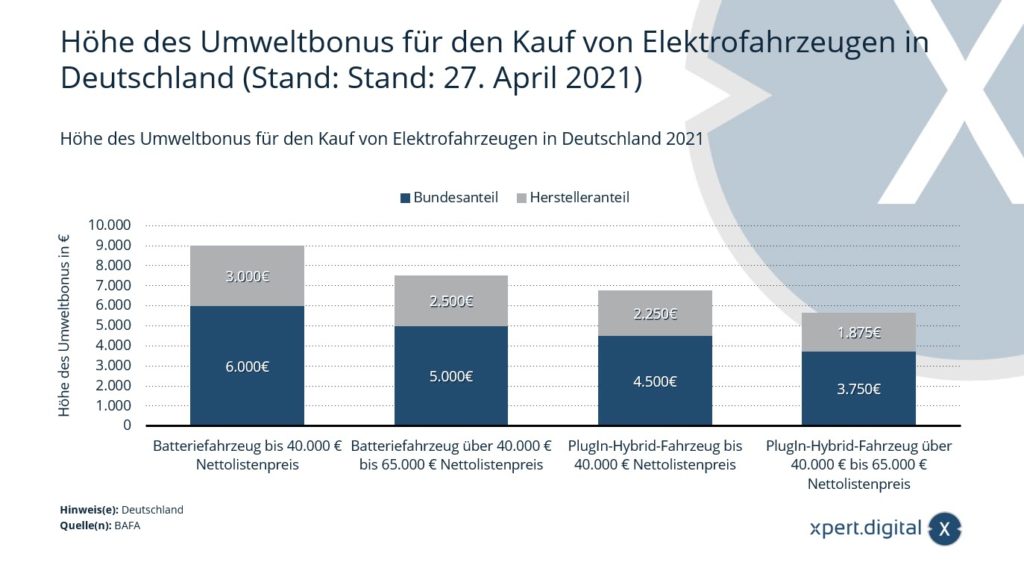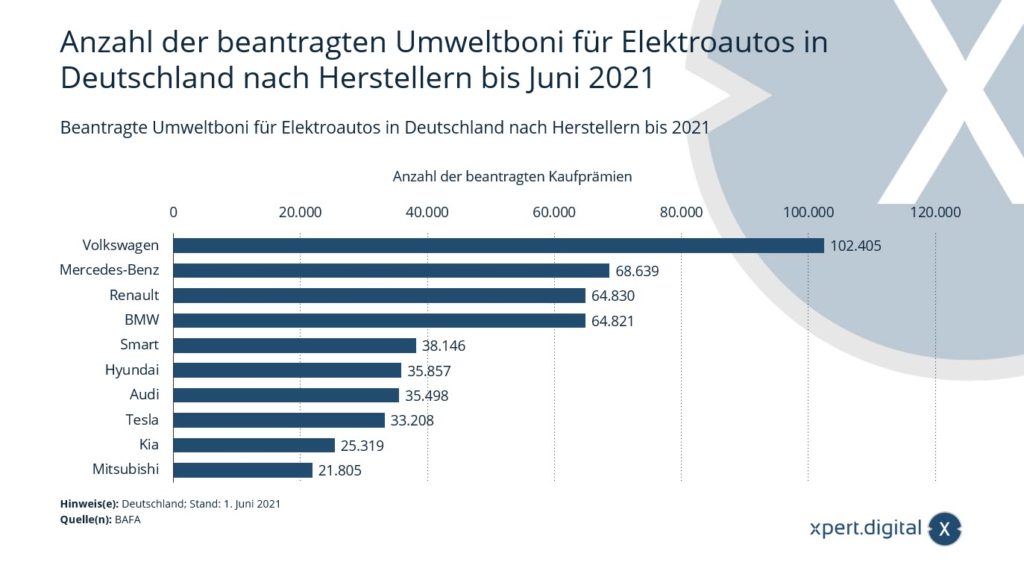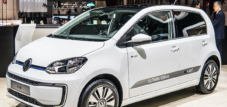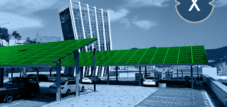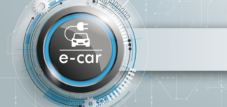Solar carport demand is also increasing thanks to environmental bonuses to promote electric cars
Language selection 📢
Published on: July 9, 2021 / update from: July 9, 2021 - Author: Konrad Wolfenstein
The environmental bonus was passed in Germany in 2016. As a bonus for purchasing a new electric vehicle, it is intended to increase demand as an incentive to buy. The environmental bonus also applies to hybrid electric vehicles and hydrogen/fuel cell vehicles.
Promoting electromobility is seen as the key to climate-friendly mobility, which should take Germany one step further towards EU climate neutrality by 2050.
Private individuals, companies, foundations, corporations and associations can apply for the environmental bonus. Only purchases or leasing of new vehicles that were purchased and (first) registered from May 18, 2016 and remain registered to the applicant for at least six months are eligible for funding. In November 2019, as part of the concerted mobility campaign, it was decided to extend the environmental bonus until 2025 or until the total paid out amounted to 2.09 billion euros. Due to the COVID-19 pandemic, the parliamentary group leaders decided on June 3, 2020 to double the state share of the environmental bonus for electric vehicles as an innovation bonus.
In 2008, the federal government stated in the “National Development Plan Electromobility” to bring a million electric vehicles to German roads by 2020. The automotive industry, which is important for the German economy, should also play a key role there, hold its strong position in the global economy and further expand.
In 2009 there were just under 1,500 electric cars in Germany. As of April 1, 201, there have been around 365,000 electric vehicles in Germany for a good decade. The goal of one million electric vehicles was therefore far missed.
However, depending on the definition and design, plug-in hybrid vehicles are also counted as electric cars. As of April 1, 2021, there are around 349,300 registrations in Germany. Seen this way, the number of electrically powered cars would approach the one million mark set by the federal government in 2008.
The difference between a hybrid vehicle and a plug-in hybrid car is that hybrid vehicles, which also have an electric motor, are classified as electric cars (plug-in hybrid). In a pure hybrid vehicle, the electric motor only supports the combustion engine when starting and the injector takes over at higher speeds in the low speed range. This hybrid electric motor cannot therefore be viewed as a stand-alone vehicle drive or as an equivalent electric motor in a plug-in hybrid car.
Generally, a hybrid vehicle has at least two energy converters and two energy storage systems built into the vehicle to power the vehicle. Examples of energy converters include electric, gasoline and diesel engines; Examples of energy storage are accumulators, fuel tanks or gas tanks. In total, there were around a million hybrid vehicles in Germany at the beginning of 2021 (including plug-in hybrid cars).
Suitable for:
Solar carport development and potential
With regard to the emission-free EU policy, the rising diesel and gasoline prices, the increase in electric vehicles with the associated charging stations and charging point bottlenecks, not only will a completely different driving and vehicle situation develop here in the next few years, but also the refueling or charging behavior will change completely. Refueling and charging will no longer only be possible on a large scale at central solar filling stations ; these will be distributed decentrally across the area. Wherever there are parking spaces, potential for charging points and charging stations will arise.
An interesting new market with great potential is emerging here, especially for solar installers, which is being driven primarily by politics. The aim is not for the electricity to continue to come from the socket, but rather from the photovoltaic technology around the corner, primarily via the solar carport concept in open parking spaces. This does not mean public parking spaces. Open parking spaces are mostly covered and uncovered spaces.
It wasn't long ago that typical solar systems mainly in demand for pitched roofs on houses or for flat roofs on production and industrial halls. Acceptance was also high for solar parks and solar fields Particularly when it comes to ground , 62% of respondents in a survey stated that they would rather have a solar park as an electricity generation system in their neighborhood than, for example, a nuclear power plant. Here only 5% were in favor of nuclear energy.
With electromobility and the lack of charging infrastructure, the idea of solar carports in open parking spaces .
In a survey, experts from the e-mobility industry confirmed with over 70% that the expansion of the charging station network has a strong influence on the market for electric vehicles. Another 22% believe it is at least having an impact on the EV market.
Suitable for:
- Best practice solar carport: What trade and industry in Baden-Württemberg need to know now
- Charging stations and solar carports together make sense: the circle closes
Which form of purchase bonus for new cars would you prefer?
The source does not provide any information about the lack of percentage points. The question was asked in the source in the following wording: “Another proposal affects so -called purchase bonuses for the new purchase of cars. The state would take over part of the purchase price.
- Should there be such a purchase bonus only for electric cars? Should there be a lower purchase premium for cars with combustion engines?
- Should there be the same purchase bonuses for all new vehicles? Or are you completely against such state incentives when buying new car? ”
The majority reject government purchase incentives for automobiles: A total of 55 percent of those surveyed by ARD-DeutschlandTRENDS stated that they were completely against the introduction of a purchase bonus for new cars, regardless of the type of drive. As part of the economic stimulus package to overcome the economic consequences of the Corona crisis, the grand coalition decided to only promote alternative drives through bonus payments. The subsidies for the purchase of electric, hybrid or hydrogen vehicles, which already exist in the form of the environmental bonus, are to be increased.
Amount of the environmental bonus for the purchase of electric vehicles in Germany 2021
This statistic shows the amount of the purchase bonus for electric vehicles, which is also known as the environmental bonus, by type of electric vehicle drive in Germany in 2021. The purchase (purchase or leasing) of an electric vehicle and corresponding used vehicles are eligible. The premium is borne proportionately by the federal government and the automobile manufacturer. The environmental bonus for pure battery electric vehicles with a net list price of up to 40,000 euros amounted to 9,000 euros per vehicle in 2021.
The funding rates stated apply retroactively to those approved from June 4th. According to BAFA, pure electric cars, plug-in hybrids and fuel cell cars as well as corresponding used vehicles are eligible for funding.
Number of environmental bonuses applied for for electric cars in Germany by manufacturer
That's why Xpert.Solar for solar carport advice and planning as a further step towards the demand for emission-free electric cars
I would be happy to serve as your personal advisor.
You can contact me by filling out the contact form below or simply call me on +49 89 89 674 804 .
I'm looking forward to our joint project.
Xpert.Digital – Konrad Wolfenstein
Xpert.Digital is a hub for industry with a focus on digitalization, mechanical engineering, logistics/intralogistics and photovoltaics.
With our 360° business development solution, we support well-known companies from new business to after sales.
Market intelligence, smarketing, marketing automation, content development, PR, mail campaigns, personalized social media and lead nurturing are part of our digital tools.
You can find out more at: www.xpert.digital – www.xpert.solar – www.xpert.plus



